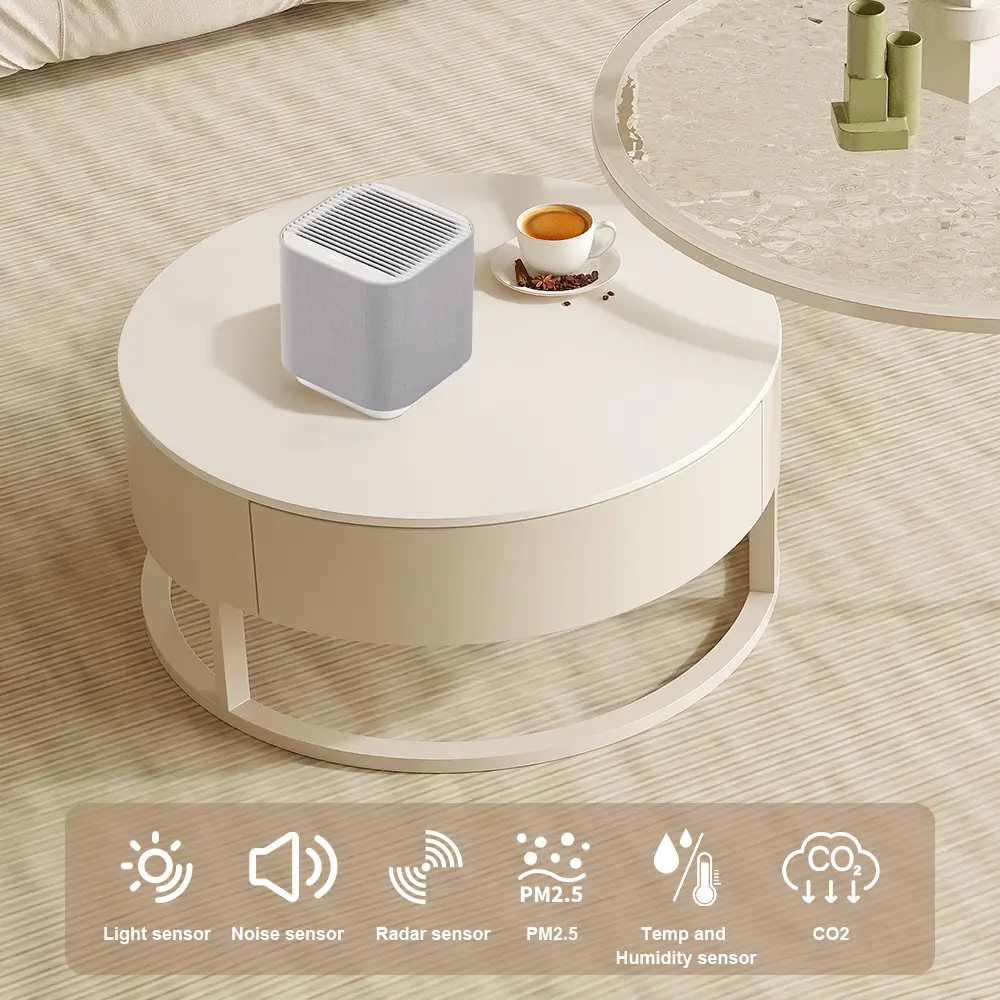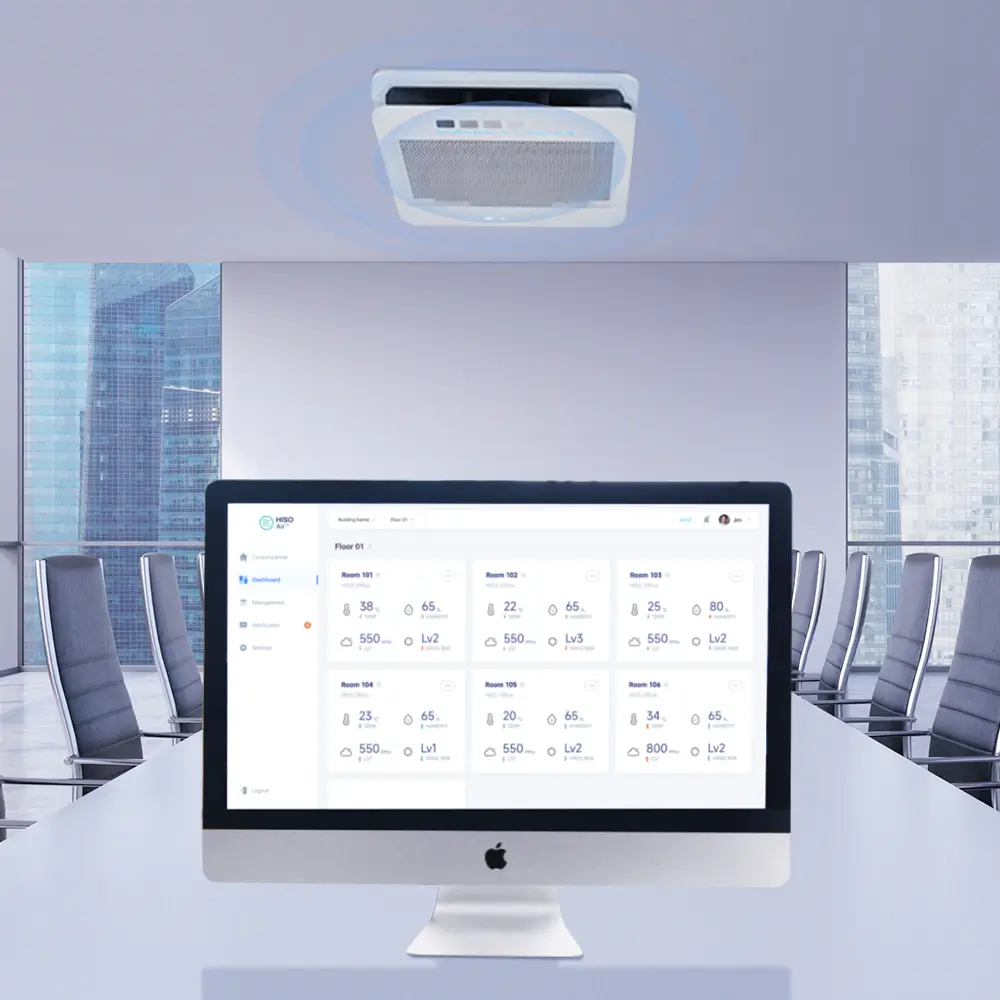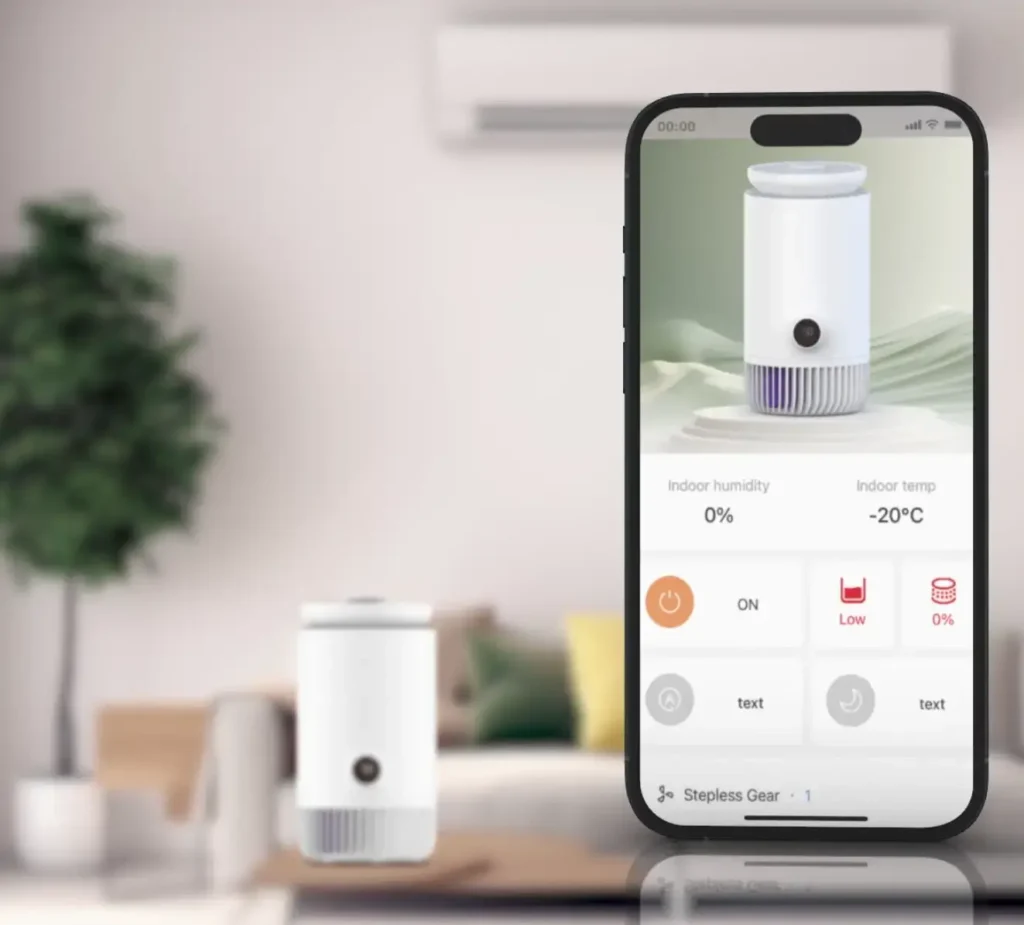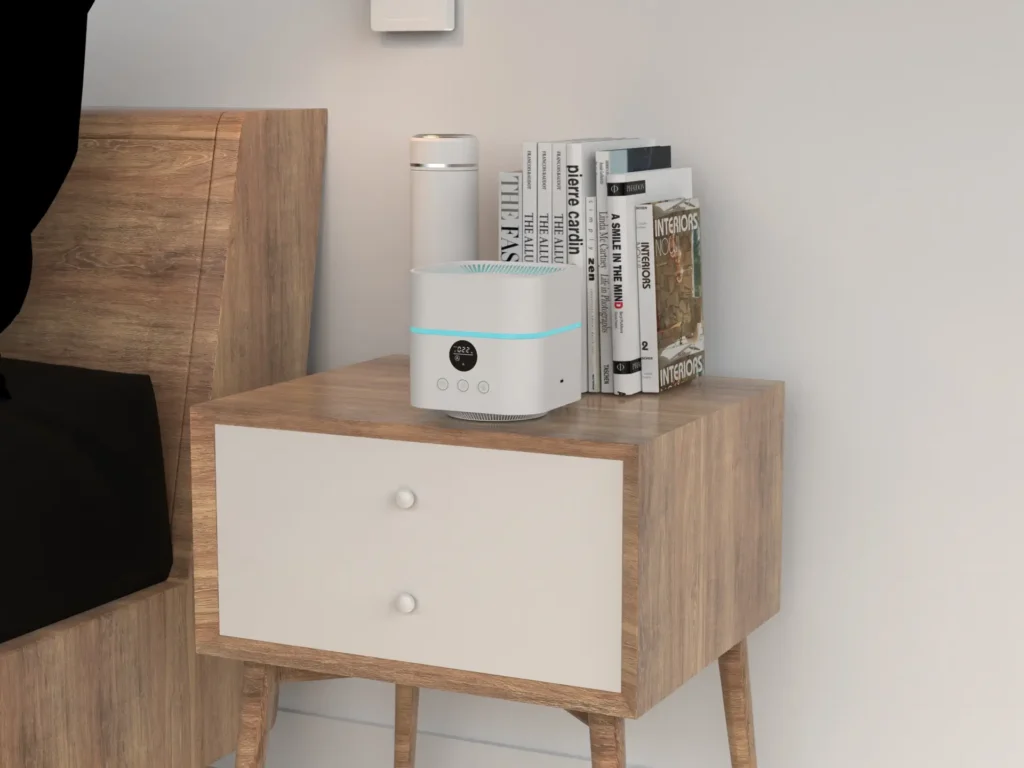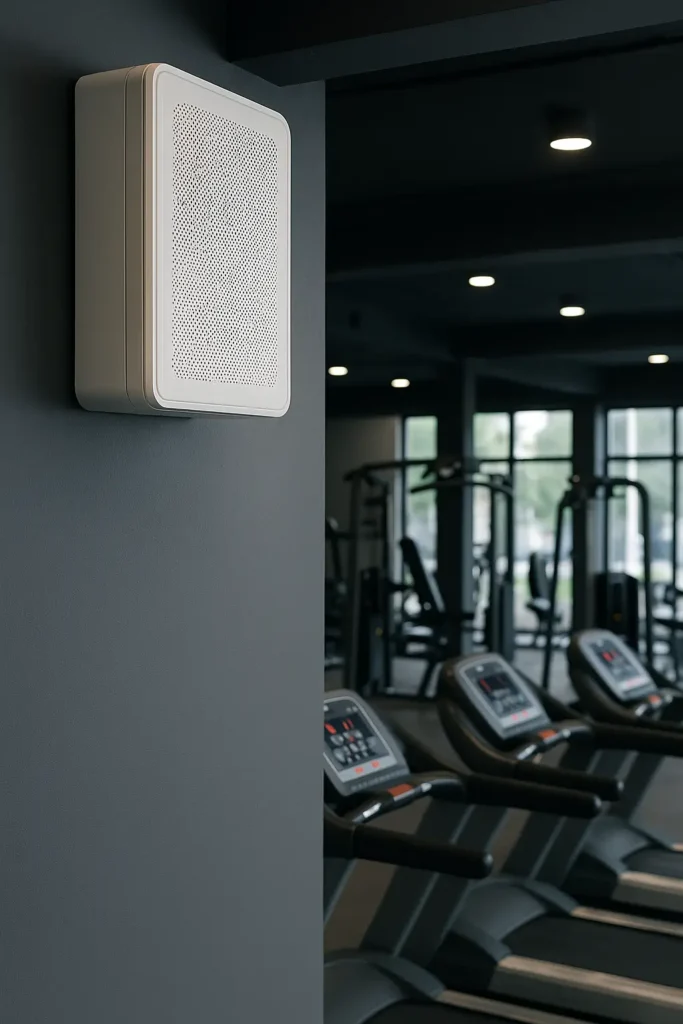Allergy headaches are annoying and persistent. That's why it is essential to get long-term relief for getting Rid of Allergy Headaches . Read on and learn all the possible remedies for getting rid of allergy headaches.
why do we have allergies

Image Source: Unsplash
Millions of people have allergies today. Technically speaking, it is your body that decides if a particular matter or substance is an allergen. For example, you may be allergic to pollen, but other people are not.
Hence, it is safe to say that these allergy-causing matters and particulates always exist in the air. It is just up to your body whether or not it can tolerate these foreign bodies.
With the air pollution problems we have right now, we can assume that their presence is already normal. Honestly, it is quite impossible to completely remove them from the air. Unfortunately, some people have reactive immune systems. So the existence of these allergens in the air isn't really welcomed.
how long do allergies last
Allergy headaches are considered to be the most infuriating. After all, dealing with pain isn't our cup of tea. If the problem is unchecked, the headache will persist.
Fortunately, you can always keep these allergies and accompanying symptoms at bay. We have several treatments for allergy headaches, such as the use of medical-grade air purifiers.

Image Source: Canva
Common Triggers of Allergy Headaches
Allergens are molecules that can trigger your immune system to react like it is attacking a threat. These reactions can be bad, though. After all, some of these allergens are harmless, such as
- certain food
- scent
Some allergens are quite harmful, though, such as :
- venom
- dust mites
- mold
Once your body reacts to these substances, allergy takes place. If your body tolerates these external stimuli, then you are good to go. But if it reacts, allergic responses may vary, such as:
- eczema
- asthma
- hay fever.
- anaphylaxis
Allergy Headache Symptoms
Keep in mind that sinus pressure and hay fever may trigger headaches. But at the same time, one could say that it is not a usual allergy symptom. Specifically, there are two headaches that are related to allergy headaches: migraine headaches and sinus headaches.
Allergy headaches are a symptom of these allergies. For example, a sinus headache happens when your sinuses swell, causing pressure build-up. We also have to take into account migraine headaches, which can be genetic or environmental in nature.
how to relieve sinus pressure headaches
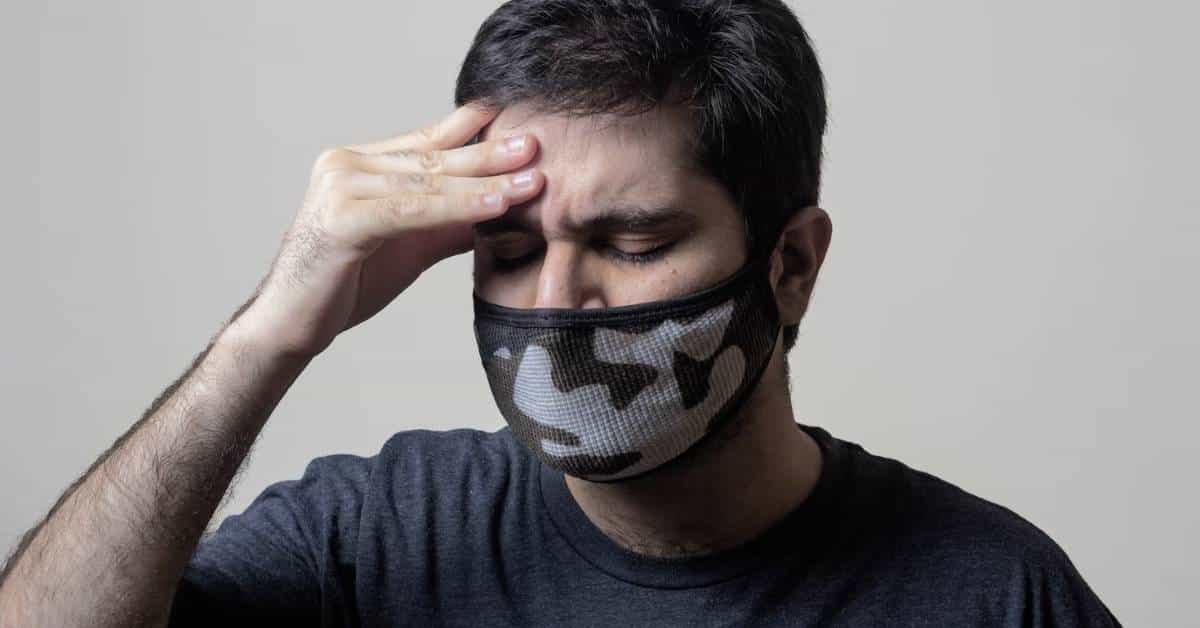
Image Source: Unsplash
There is no medical proof that allergy headaches can lead to severe complications.
If you don't address allergies, ensuing problems could arise. Most of these symptoms are well-related to nasal allergies. Chronic sinus infection is one of these symptoms. The latter is caused when there's prolonged congestion and leads to sinus blockages.
Chronic sinus infections may cause headaches. If it persists even with treatment, then you should visit a specialist. Tests are necessary to diagnose the nature of your allergy. Furthermore, doctors need to check your sinuses and see whether or not you are required to take stronger remedies.
Normally, allergy-related headaches are not fatal. But they still require treatment because they can disrupt your day-to-day routine.
How Long Does It Take for Allergy Headaches to Settle After Removal of Allergens?
Given that you have totally removed the allergens in your space, there's a good chance that its symptoms would subside after a few days. Of course, the time needed for your allergies to disappear varies on several factors.
For instance, drinking medications could speed up your recovery. Being able to rest adequately should also ease up the symptoms of allergy. Again, we have to emphasize that not being exposed to allergens can make you feel better.
How to avoid allergies?
If you are suffering from allergy headaches and other symptoms of allergies, you should consider acquiring an air purifier. You see, these air purifiers are designed to capture particles that pollute air in a given space.
Technically, some or most of these particles might trigger allergies and other respiratory complications. If you let them linger around, there's a possibility that you'll suffer from repeated attacks.
Ordinary cleaning methods, such as vacuuming, have limited effects. After all, many allergens are airborne. Hence, you would really have a device that could capture these particulate matters so that you won't inhale them.
Treat Allergy Headaches: effective methods
#1 how to get rid of allergy headache: Consult a Doctor
Comprehensive treatment requires doctor intervention. Your attending physician will diagnose the symptoms and provide the corresponding remedies for them. It is important that you consult your doctor if the symptoms are worsening, even if you already have an air purifier in your home already.
Do the same if the headaches you are experiencing are accompanied by symptoms, such as sensitivity to noise or light. These aren't normal and require medical attention to determine their underlying causes.
#2 how to get rid of allergy headache: Use Over-The-Counter Pain Relievers
If you have allergy headaches, you can take pain relievers, such as ibuprofen or aspirin to relieve the pain. These pain relievers should be able to mitigate the pain that you are experiencing.
Keep in mind that you should use these pain relievers in moderation. In fact, it would be better if you consulted your doctor first before taking them. You have to know the correct dosage, as well as the frequency of use.
Furthermore, pain relievers aren't long-term solutions to allergies and their corresponding symptoms. They are just there to remove the pain caused by headaches.
#3 how to get rid of allergy headache: Water Treatment
There are several things that water can do to help remove the headache you are experiencing. Try the following home-care strategies:
- Get a warm, moist towel and apply it to your face.
- Drink lots of fluids to lessen the mucus that causes stuffiness in your nose; that should alleviate your headache.
- Boil water and put it into a bowl. Inhale its steam while draping your head with a towel to minimize the steam from spreading.
#4 how to get rid of allergy headache: Remove the Allergens in Your Home
Of course, the best solution to your allergy-related headaches is to prevent any exposure to allergens. As long as you are experiencing allergies, you will remain susceptible to its symptoms, such as headaches.
For instance, you need to close your windows and doors if you are allergic to pollen. You may also need to clean from time to time if you are allergic to dust, pet dander, and other airborne contaminants. Suppose you can remove the source of the allergy, the better. It would help you breathe better without the worry of headache attacks.
#5 how to get rid of allergy headache: Adding Air Purifier to Get Rid of Allergy Headaches
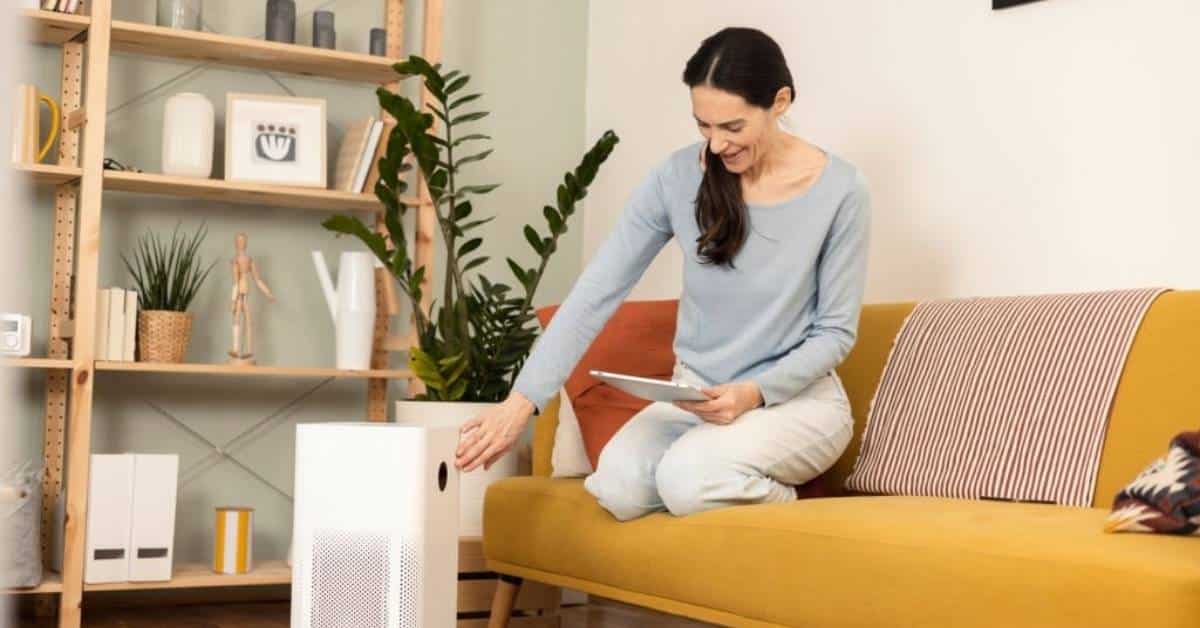
Image Source: iStockphoto
If you are suffering allergy headaches due to airborne contaminants, then it is time that you introduce an air purifier to your living spaces. Air purifier manufacturers design their cleaners to capture different airborne pollutants.
Not all air purifiers are the same, though. But the best ones are guaranteed to capture most of the airborne allergens. At the same time, they can also deal with some bacteria, viruses, and pathogens. Through the use of high-quality filters, these air purifiers can keep your indoor air free from allergy-causing elements.
Read on to learn more about these air purifiers and how they can help get rid of allergy headaches.
how to allergy proof your home?
Almost all parts of your home are prone to infestation of allergens. That's pretty much the truth. Specifically, these are among the areas where you can inhale these harmful foreign bodies.
Dust mites in bed symptoms
Your bedroom isn't safe from allergens. Dust mites, for instance, can proliferate in your mattress and bedding. Hence, it is essential that you do regular cleaning to your sleeping amenities. Furthermore, you should also check the furnishing, windows, and floorings of your bedroom. Dust and mold spores may gather on them over time.
Living Room
Living rooms have the most human traffic. People come and stay there, after all. Whether you like it or not, humans tend to bring different particles and substances from outside. Every time you open the door, particulate matter, chemicals, and combustion will come inside your living room. Also, don't forget that your pets shed dander and fur that could trigger your allergies.
Kitchen
It is one of the places where all the cooking and food preparation takes place. But at the same time, it may also house different types of allergy-causing substances. The smoke coming from cooking food can trigger asthma and allergy headaches. Meanwhile, refrigerators, sinks, and counters are prone to mold growth. Aside from air purifiers, you need to clean your kitchen regularly.
Why is Allergen Purification Important?
Allergies aren't that pleasant to the feeling. They produce annoying symptoms, such as constant sneezing, wheezing, and coughing.
Of course, allergies may also trigger headaches. The level of pain may vary, but it is undeniable that they can be unbearable to some extent. Things can go worse if you don’t address the problem. If you don't want to suffer these symptoms, then the best thing that you do is to remove the root causes of your allergies.
Most allergies are caused by airborne allergens.
Sadly, they can't be cleaned through ordinary means. Only specialized devices, such as air purifiers, can regulate these allergens and minimize their presence in your rooms and living spaces.
things to help allergies at home
Why is an Air Purifier Important for Improving Air Quality?
Your indoor air quality is susceptible to getting polluted. That's the truth that you have to know. From outside sources such as vehicular combustion down to internal ones such as household products and cleaning chemicals, lots of things can compromise the air you breathe.
Of course, there are several ways you can prevent indoor air pollution. Such methods are opening the windows and regular cleaning.
But nothing is more efficient than using air purifiers. The job of these air purifiers is pretty straightforward: to remove various pollutants in the air. These devices have filters that can capture various types of airborne contaminants, preventing them from floating in your rooms.
Air purifiers are beneficial because they help maintain a suitable breathing environment inside your homes, offices, and buildings. Specifically, AHAM-certified air purifiers also prevent the possible transmission of diseases and respiratory illnesses. Of course, they work well against allergens, which is our primary concern here.
Are Air Purifiers for Allergy Headaches Safe?
Yes. Definitely.
Of course, I am talking about filter-based air purifiers here. These air cleaners are only using physical filter mediums to capture contaminants in the air. They don't release residues or emissions that could affect your health or indoor quality.
With this thing in mind, we have to highlight that you should be wary of ozone generators. Ozone generators are also touted as air purifiers. But they don't use filters. Instead, they release ozone gas to "neutralize" airborne contaminants.
While this technology is being used in water filtration, it has questionable efficiency in air filtration. At the same time, ozone is a lung irritant. Exposure to this gas would lead to further respiratory complications.
How Do Air Purifiers Work to Remove Allergy Headaches?
As mentioned, allergies are caused by foreign bodies that your immune system is quite sensitive to. These allergens come in different forms, such as dust, pollen, and smoke.
Air purifiers remove those allergens from the air. It doesn't destroy or kill them; instead, it just traps them into its filters. In this way, you will be able to breathe fresh, clean air.
Fundamentally, air purifiers aren't a treatment for allergy headaches. Instead, it removes the source of your allergies so that you don't feel its symptoms anymore. With these air purifiers around, you wouldn't have to worry about experiencing allergies in your own space. That's a relief that you should never miss out.
Removing Allergy Headaches by Air Purifier: Step-By-Step
The following steps show how an air purifier removes allergens. Through the use of simple but effective filters, an air purifier can capture different contaminants that can cause allergies.
- The air purifier uses its fan to draw the air inside it.
- Once the air comes through the air purifier through its inlet, the air will pass through several layers of filters.
- The HEPA filter captures different microscopic contaminants, while the carbon filter adsorbs (not absorbs) chemicals, substances, and volatile organic compounds.
- After the air passes through the filters, it will be released back into the room.
This process is repeated to ensure that no airborne pollutants linger in your space. It has to repeat this process so that newly introduced particles will be captured, as well.
Things to Consider in Buying an Air Purifier for Allergy Headaches
Not all air purifiers are the same. For allergy sufferers, the following considerations should be taken into account when choosing an air purifier.
- HEPA filter - The HEPA filter acts as the "primary filter" of your air purifier. It is tasked with capturing 99.9 percent of contaminants that are as small as 0.3 microns. In this scale, invisible allergens exist, such as pollen, mold spores, pathogens, and dust. Hence, it is important that the air purifier you get has this particular filter.
- Carbon filter - Aside from the HEPA filter, the air purifier should have a carbon filter. After all, some people are allergic to certain chemicals, substances, and smells. This particular filter helps in addressing those gaseous and non-solid contaminants so that they wouldn’t trigger your allergies.
- CADR - The Clean Air Delivery Rating (CADR) specifies the overall "power" of the air purifier. Specifically, it indicates how much air it can process in a given space and time. Basically, the higher the CADR number, the stronger the air purifier is. If your home is big or wants to purify a large space, you need an air purifier with a high CADR rating.
- Energy efficiency - You would also want an air purifier that works without scaling your power bills. In this way, you can operate the device continuously, which is essential if your area is filled with airborne allergens.
Air Purifiers for Removing Allergy Headaches
From symptoms of allergies down to the problems caused by indoor air pollution, the following air purifiers can help you out. These air cleaners are rated high because of their efficiency in removing allergy-causing contaminants.
1. Air Purifier for 2000 square feet
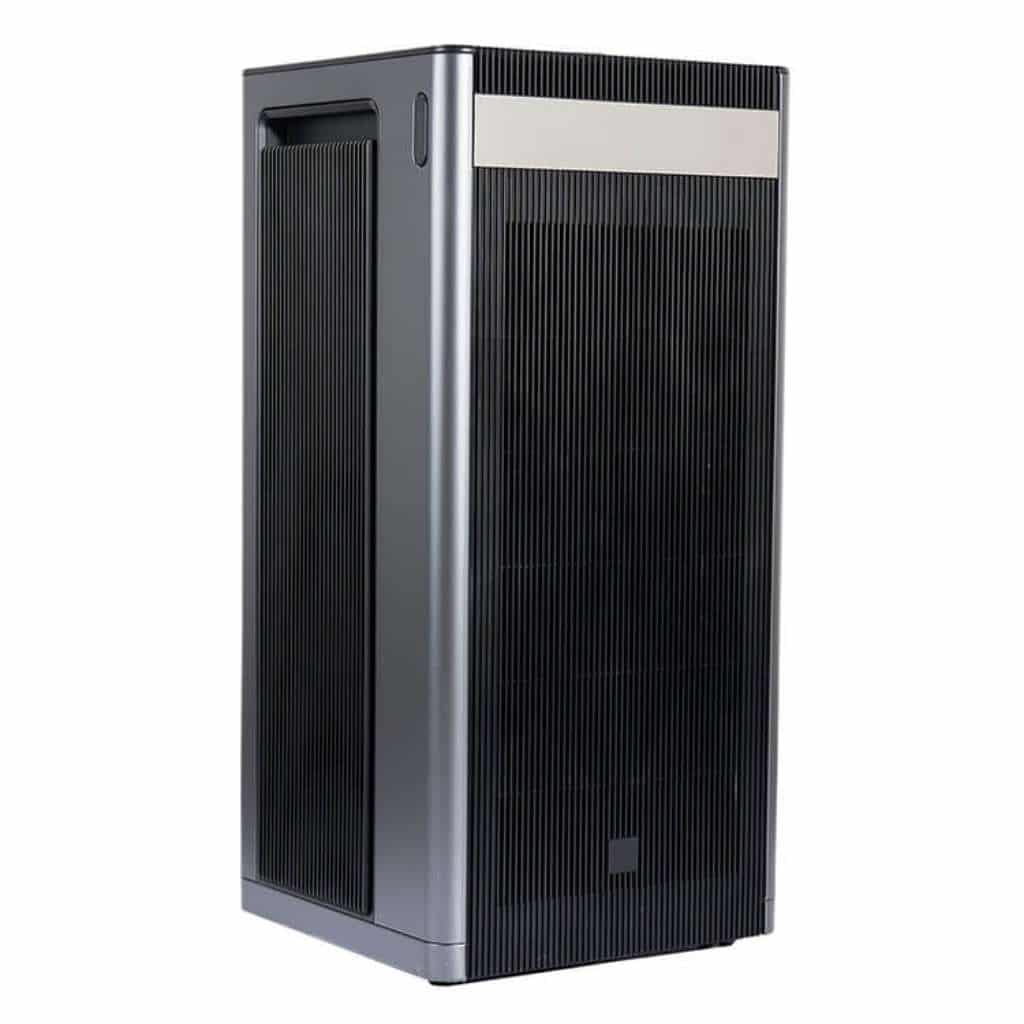
Image Source: HisoAir
The HisoAir Model HA-1968 is definitely a great choice for an air purifier. Designed to tackle spaces as large as 1,900 square feet, this appliance has been integrated with different filters that could remove different types of allergens. Its HEPA filter alone ensures that common and seasonal allergens, such as dust and pollen, would escape from its grasp. It also comes with a UVC light that deals against bacteria and select types of pathogens.
Operating this air purifier is pretty simple. It is designed to accommodate even first-time air purifier users. It is also a low-noise air purifier, making it a suitable choice for bedrooms and noise-sensitive environments. Moreover, it includes several sensors that enhance its operation. For instance, its PM2.5 sensor and humidity sensor let you know the changes in your indoor air quality.
| PROS | CONS |
|
|
2. HisoAir Model HA-138
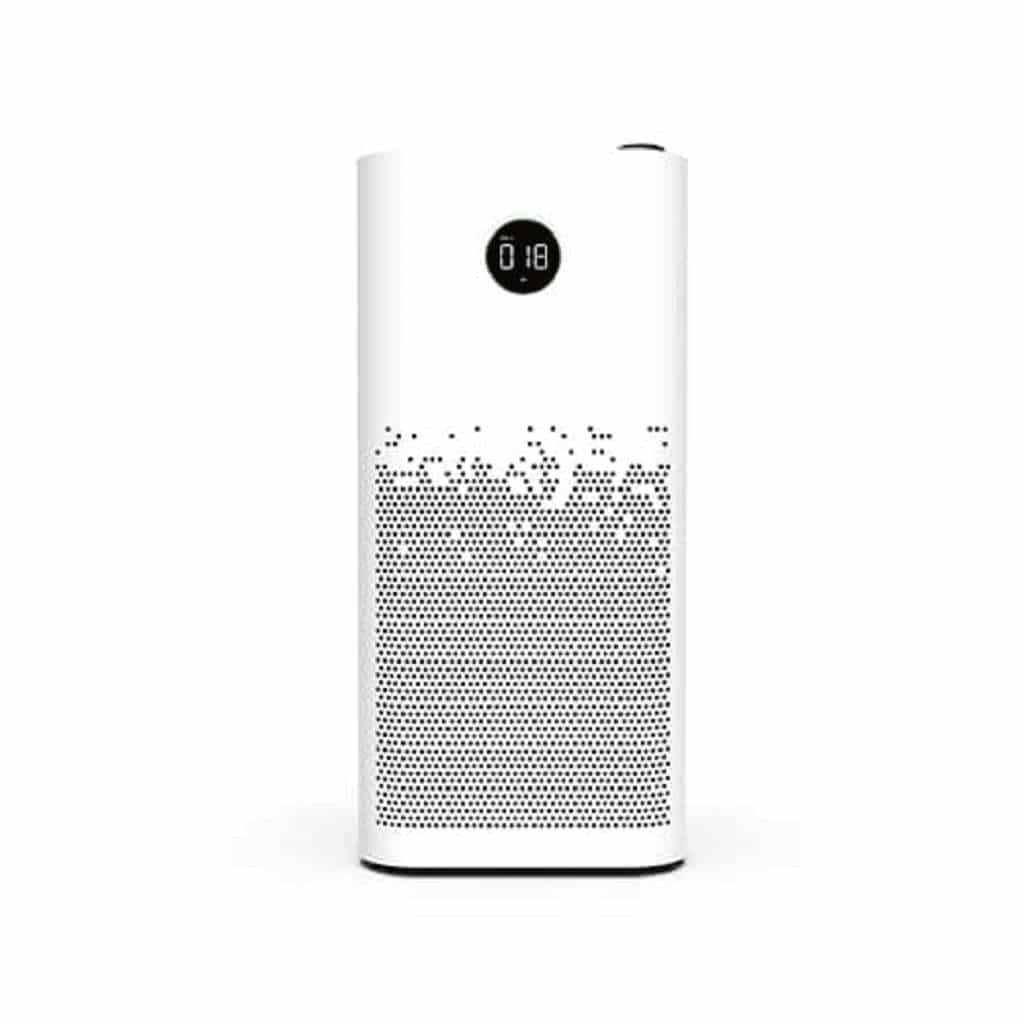
Image Source: HisoAir
Another air purifier that suits large spaces is the HisoAir Model HA-138. It is capable of purifying areas up to 900 square feet, which indicates that it can be used for multi-room applications. This air purifier has a high CADR rating, as well, meaning that it can process air as efficiently and as quickly as possible. All the high-quality filters of HisoAir are integrated into this device, so you can ensure that it captures allergens easily.
It is also worth noting that the HisoAir Model HA-138 is an energy-efficient device. Even if you decide to operate it continuously, it won't hurt your power bills. Furthermore, this device is designed to last longer in service. Hence, it is a great investment, especially if your household has lots of allergy sufferers.
| PROS | CONS |
|
|
3. HisoAir Model HA-1601
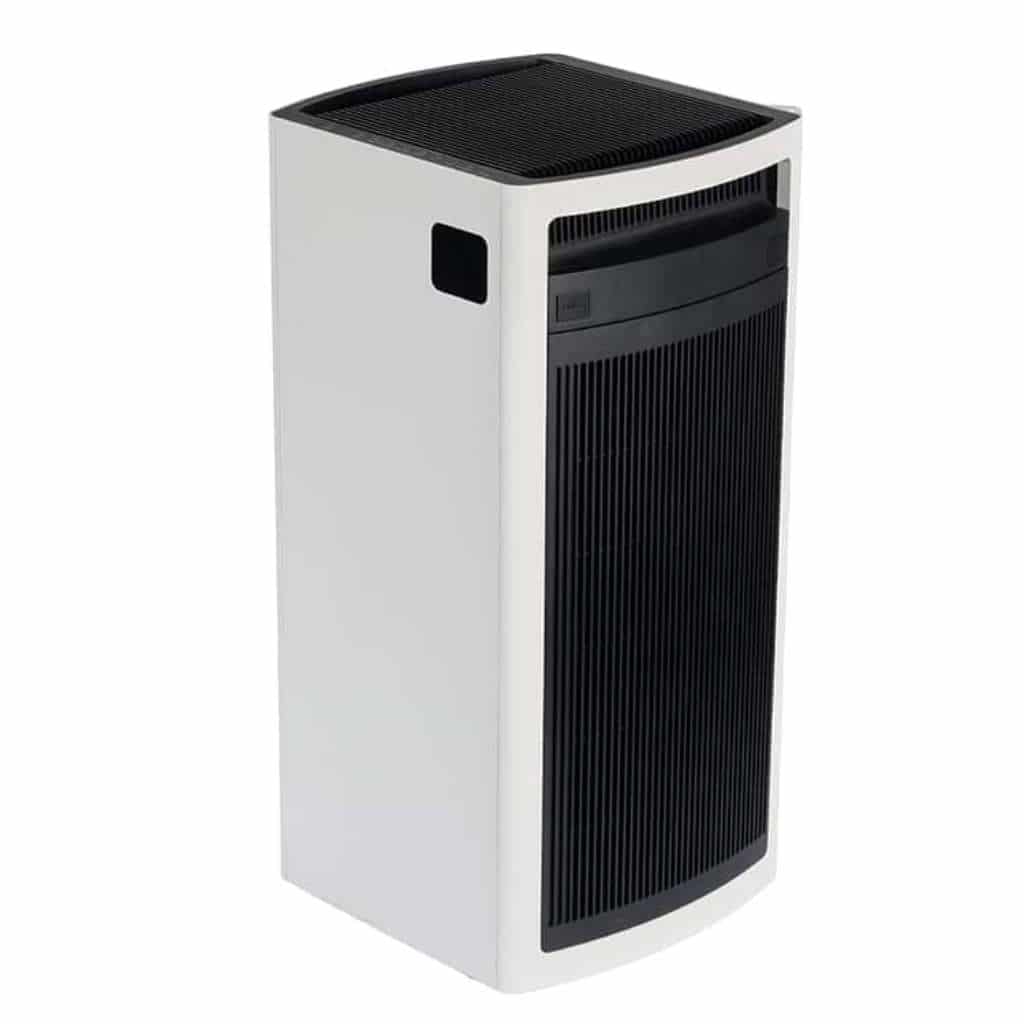
Image Source: HisoAir
You should also check out the HisoAir Model HA-1601. This unit is originally intended for industrial and commercial applications. However, you can also use it in your home, ensuring that no allergies would plague you. By design, this air purifier has all the essential filters for removing different types of airborne contaminants. If you are allergic to certain odors, its carbon filter can certainly help out.
Of course, an air purifier is an ergonomic appliance. It has fuss-free controls that let you configure it to accommodate your needs. Similar to other HisoAir air purifiers, this unit has a modern appearance, allowing you to put it in your living spaces. It is not irritating to the eyes, which is a plus for this air purifier.
| PROS | CONS |
|
|
How to Prevent Allergy Headaches After Removal?
It is not nice to deal with allergies from time to time. Hence, it is crucial that you will be able with the source right from the get-go. As the adage says, prevention is better than cure.
Allergies and their accompanying symptoms will eventually return if you don't deal with their source. An air purifier would only help much in removing the allergens, but they would remain there if you can't pluck out what causes them.
Hence, it is important that you identify what causes your allergies. Once you do, you'll be able to implement the necessary measures that would prevent them from coming back. Seasonal allergies can be dealt with through regular cleaning and allergy-proofing your house. If you have pet allergies, you might want to consider not adopting an animal anymore.
These steps are simple, but they are effective enough to wheeze off your allergy symptoms.
Conclusion
All the strategies we listed here should be able to help you minimize the allergy symptoms you are experiencing. Among them, air purifiers are considered to be the most efficient, as they can remove common particles and pollutants that trigger allergies.
When it comes to air purifiers, you should trust the provisions of HisoAir. The latter is an international brand of medical-grade air purifiers. Its products are commonly used in government, commercial, and residential spaces. Visit HisoAir and learn more about its air purifiers and what they can do for you.
Check our other blogs, too!



